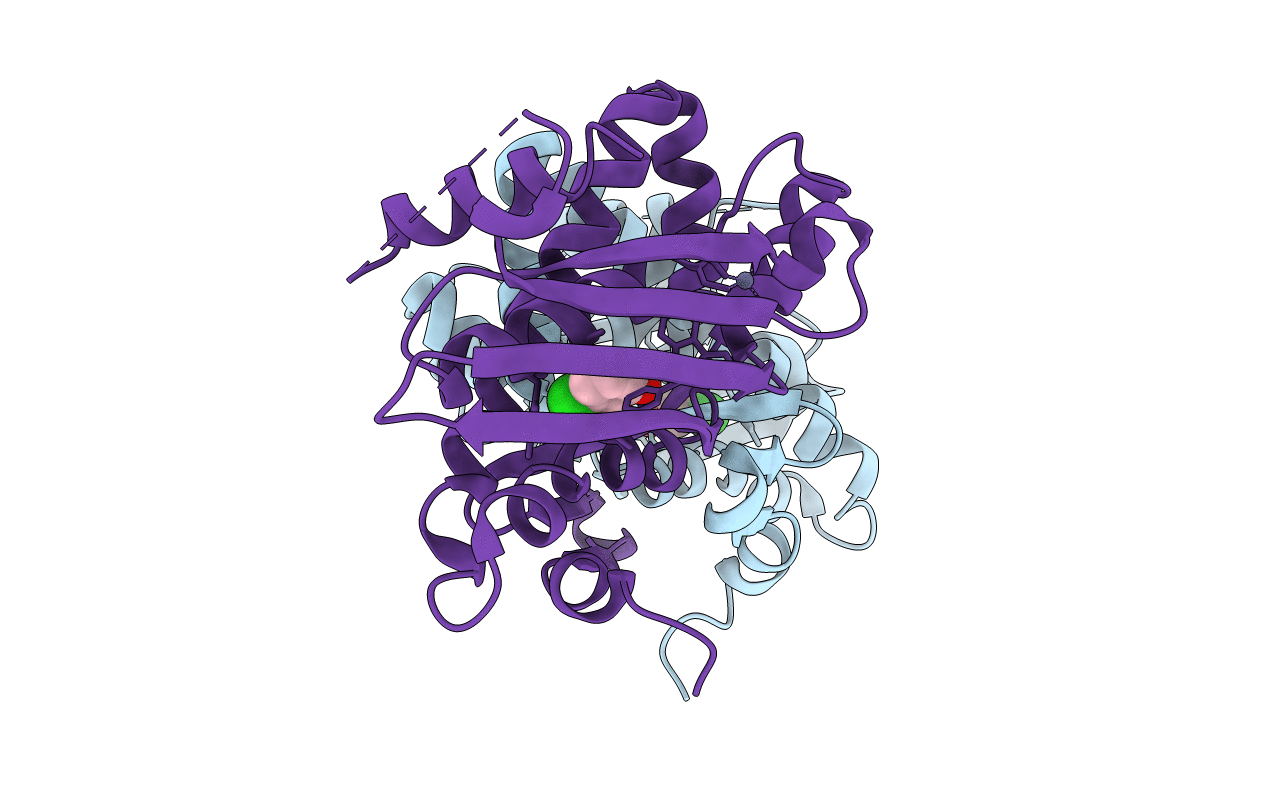
Deposition Date
2016-06-03
Release Date
2016-07-13
Last Version Date
2024-03-06
Entry Detail
PDB ID:
5KBH
Keywords:
Title:
CRYSTAL STRUCTURE OF THE AROMATIC SENSOR DOMAIN OF MOPR IN COMPLEX WITH 3-CHLORO-PHENOL
Biological Source:
Source Organism:
Acinetobacter calcoaceticus (Taxon ID: 471)
Host Organism:
Method Details:
Experimental Method:
Resolution:
2.55 Å
R-Value Free:
0.26
R-Value Work:
0.19
R-Value Observed:
0.20
Space Group:
P 21 21 21


